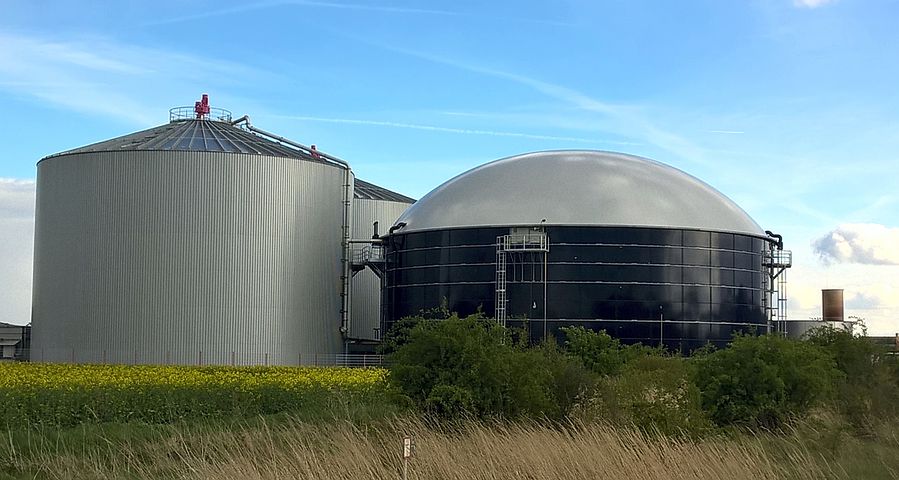An anaerobic biogas plant is a type of waste-to-energy facility that uses microorganisms to break down organic waste materials in the absence of oxygen, producing biogas as a byproduct. Biogas is a mixture of methane, carbon dioxide, and other gases that can be used as a renewable source of energy for heating, electricity generation, or transportation. In an anaerobic biogas plant, organic waste materials like food waste, agricultural waste, or sewage sludge are loaded into an anaerobic digester tank, where microorganisms like bacteria and archaea break down the waste through a series of biological processes. These microorganisms consume the organic matter and convert it into biogas, which can be captured and used as a fuel source. Anaerobic biogas plants offer several advantages over other waste-to-energy technologies, including the ability to handle a wide range of organic waste materials, low emissions of greenhouse gases, and the potential for energy self-sufficiency. However, they also require careful management and monitoring to ensure optimal performance and avoid potential environmental risks. Despite these challenges, anaerobic biogas plants are becoming increasingly popular as a sustainable and renewable source of energy around the world.Through the above article, we can recommend you the latest dresses.Shop dress in a variety of lengths, colors and styles for every occasion from your favorite brands.

